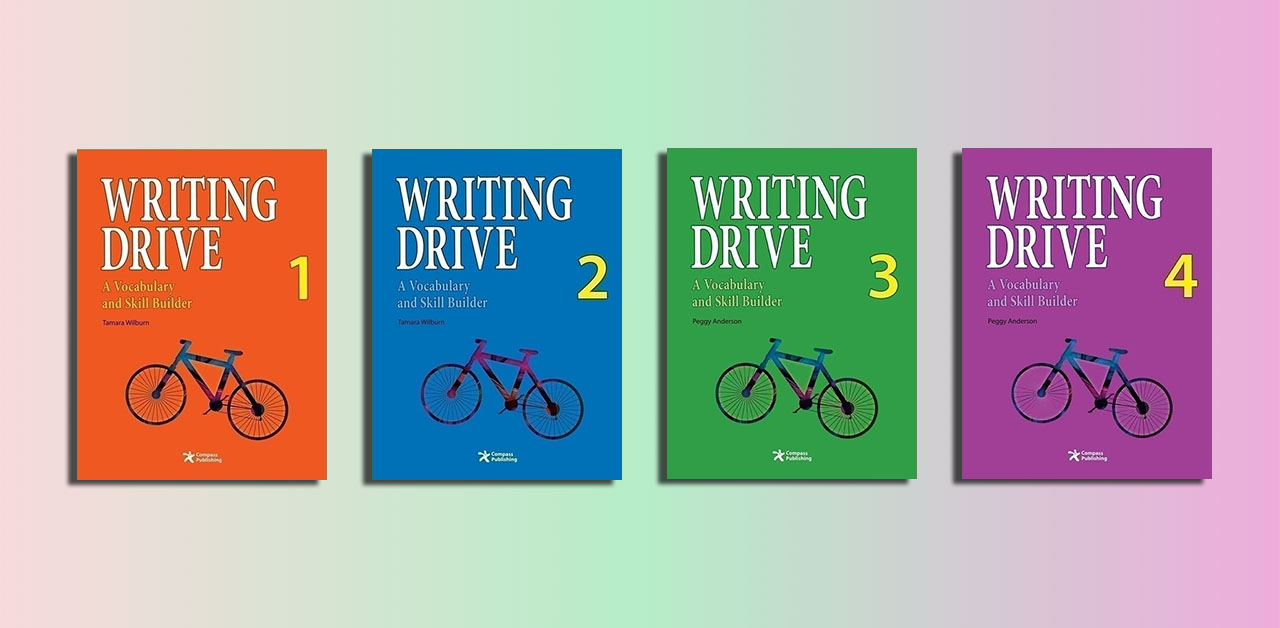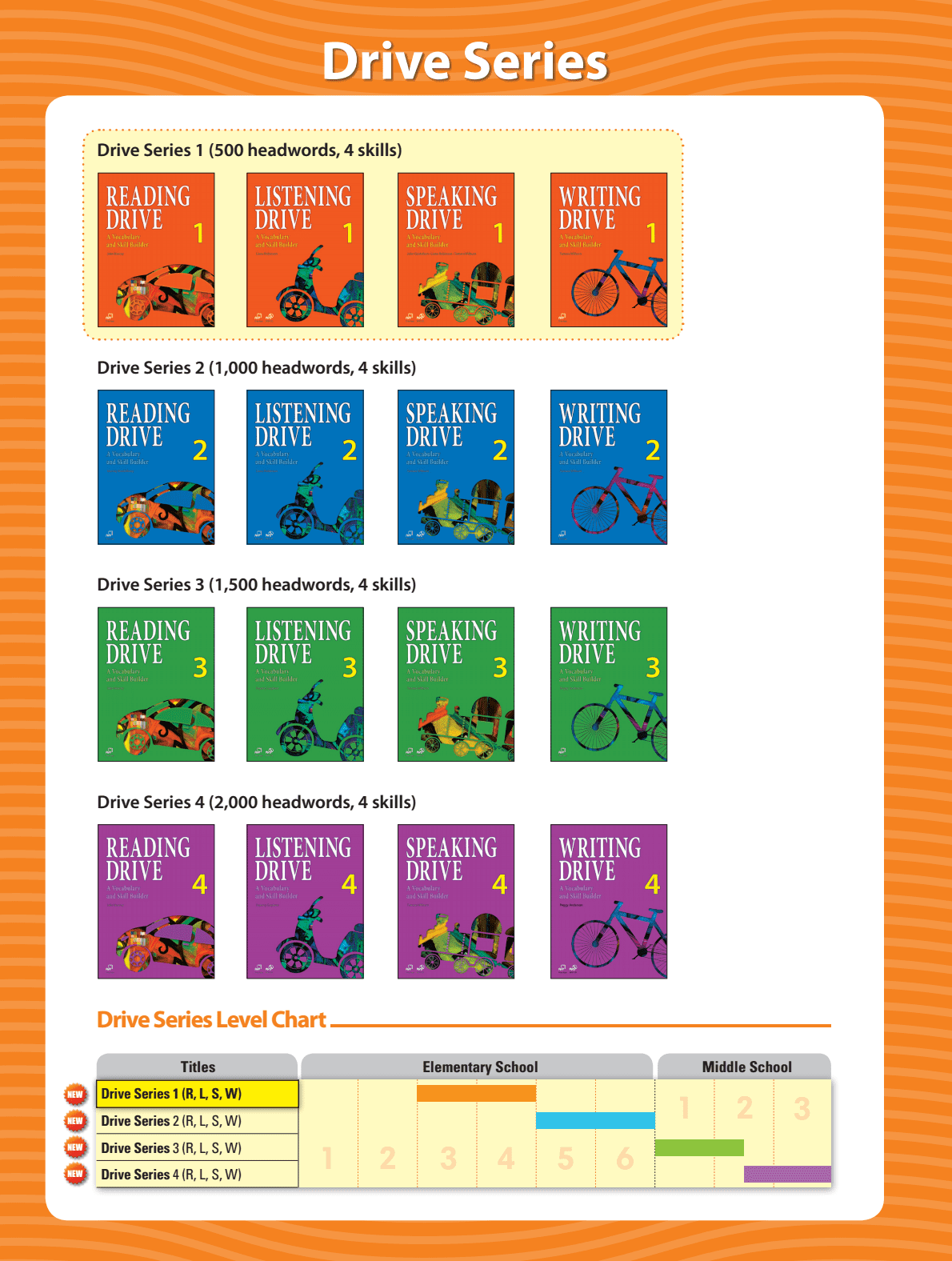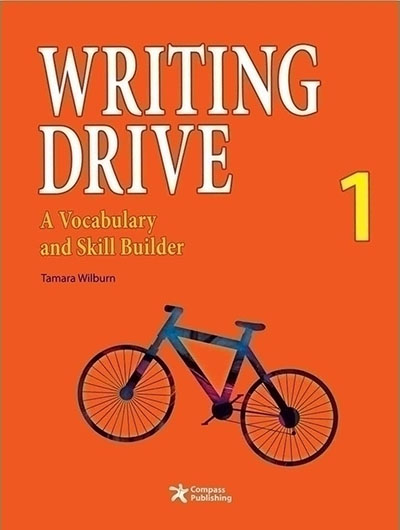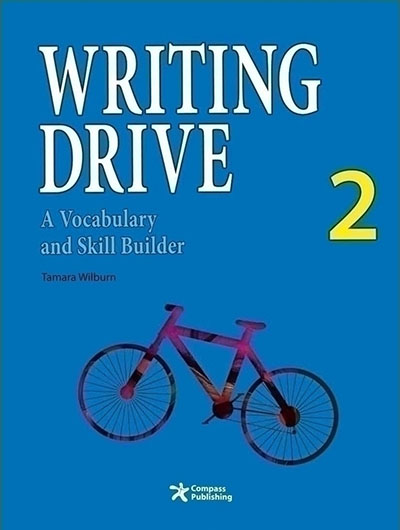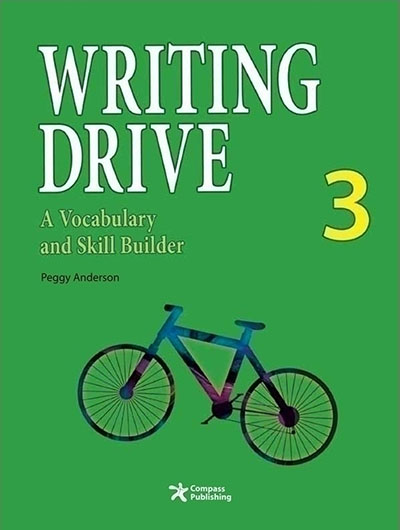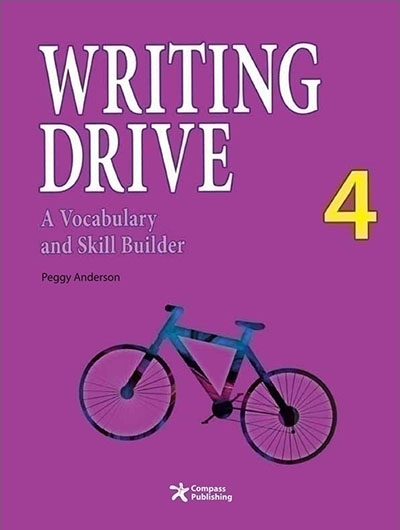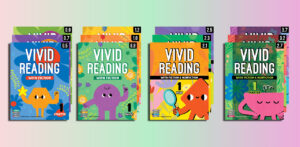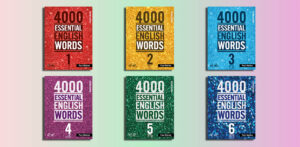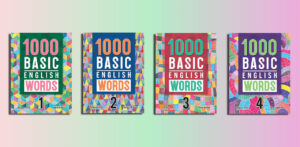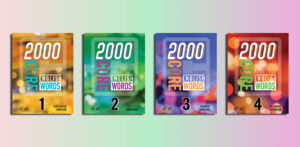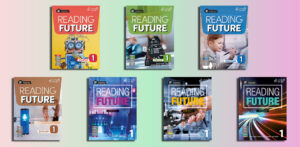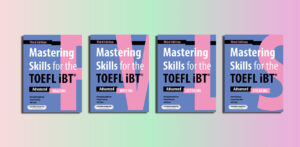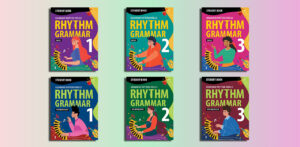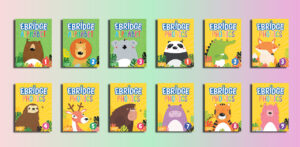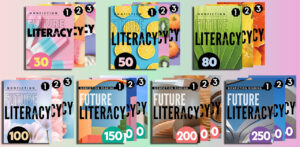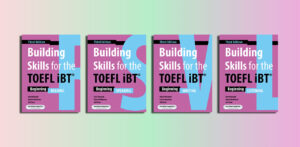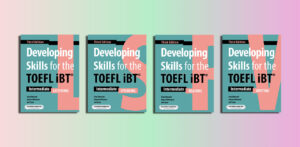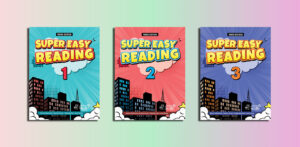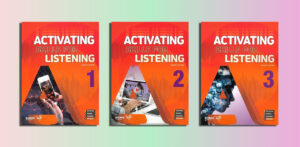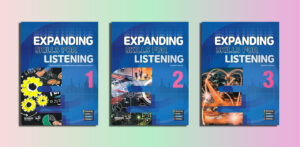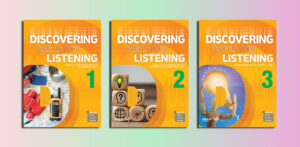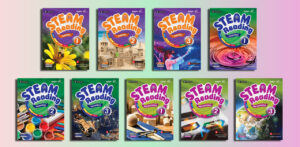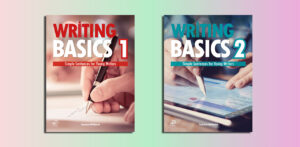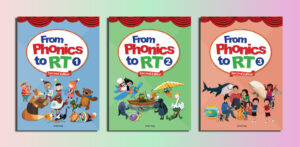Writing Drive (PDFs, Resources)
Level 1 (Pre A1)
Answer Key.zip – Assessment.zip – ETC.zip – Lesson Plan.zip – Student Book.pdf – Teacher’s Guide.zip – Tips Ideas.zip – Word List.xlsx
Writing Drive 1 Student Book.pdf – Sample: Click
Level 2 (A1)
Answer Key.zip – Assessment.zip – ETC.zip – Lesson Plan.zip – Student Book.pdf – Teacher’s Guide.zip – Tips Ideas.zip – Word List.xlsx
Writing Drive 2 Student Book.pdf – Sample: Click
Level 3 (A2)
Answer Key.zip – Lesson Plan.zip – Student Book.pdf – Tips Ideas.zip – Vocab Practice.zip – Word List.xlsx
Writing Drive 3 Student Book.pdf – Sample: Click
Level 4 (B1)
Answer Key.zip – Audio.zip – Lesson Plan.zip – Student Book.pdf – Tips Ideas.zip – Transcripts.docx – Vocab Practice.zip – Word List.xlsx
Writing Drive 4 Student Book.pdf – Sample: Click
๏ Reading Drive (Pre A1 / B1): Click here
๏ Listening Drive (Pre A1 / B1): Click here
๏ Speaking Drive (Pre A1 / B1): Click here
๏ Writing Drive (Pre A1 / B1): Click here
๏ Reading Drive (Pre A1 / B1): Click here
๏ Listening Drive (Pre A1 / B1): Click here
๏ Speaking Drive (Pre A1 / B1): Click here
๏ Writing Drive (Pre A1 / B1): Click here
Overview of the “Writing Drive” by Compass Publishing
Contents
| ✅ Coursebook: | Writing Drive |
| ✅ Authors: | Tamara Wilburn, Peggy Anderson |
| ✅ Publisher: | Compass Publishing |
| ✅ English type: | International English |
| ✅ Levels: | Pre A1, A1, A2, B1 |
| ✅ Skill: | Writing |
| ✅ For: | Primary, Junior High School |
| ✅ Publication year: | 2013 |
Writing Drive is a dynamic four-level series from Compass Publishing, designed to enhance English writing skills for young learners and beginner to intermediate English language students. Tailored to engage and educate, this series combines structured writing practice with creative and critical thinking activities to foster confidence and proficiency in written English.
Key Features of Writing Drive
1. Structured Writing Process
- Each level of Writing Drive guides students through a clear, step-by-step writing process. From brainstorming ideas to drafting, revising, and editing, the series ensures learners develop a solid foundation in organizing their thoughts and producing coherent written work. The scaffolded approach helps students build skills progressively, making it ideal for classroom use or self-study.
2. Engaging Themes and Topics
- The series incorporates high-interest topics relevant to young learners, such as personal experiences, hobbies, and everyday scenarios. These themes not only make writing enjoyable but also encourage students to express themselves creatively while practicing essential vocabulary and grammar structures.
3. Focus on Different Writing Styles
- Writing Drive introduces students to various writing formats, including descriptive paragraphs, narratives, letters, and simple essays. By exploring different genres, learners gain versatility and adaptability in their writing, preparing them for academic and real-world communication.
4. Interactive and Visual Learning
- The books are filled with colorful illustrations, charts, and graphic organizers that make the learning process visually appealing and accessible. These tools help students visualize the structure of their writing and reinforce key concepts in an engaging way.
5. Skill-Building Activities
- Each unit includes exercises to strengthen grammar, vocabulary, and sentence structure, seamlessly integrated into the writing tasks. Additionally, critical thinking prompts encourage students to analyze and reflect, deepening their understanding and enhancing their ability to articulate ideas.
6. Teacher and Student Support
- Writing Drive offers comprehensive resources for educators, including teacher’s guides with lesson plans, answer keys, and additional activities. Students benefit from clear instructions and model texts that serve as examples, making the series user-friendly for both guided and independent learning.
Levels and Progression
The four levels of Writing Drive cater to a range of proficiencies, from beginner to intermediate learners:
- Level 1: Focuses on basic sentence formation and simple paragraphs, ideal for beginners.
- Level 2: Introduces more complex sentence structures and short compositions.
- Level 3: Emphasizes organization and coherence in longer writing tasks.
- Level 4: Prepares students for academic writing with multi-paragraph compositions and varied styles.
Each level builds on the previous one, ensuring a smooth progression in skill development while maintaining student engagement through age-appropriate content.
Writing Drive 1 Student Book
Who is suitable for “Writing Drive”?
Writing Drive by Compass Publishing is suitable for:
- Young learners: Primarily aimed at elementary to middle school students learning English as a second or foreign language.
- Beginner to intermediate English language learners: The four-level series caters to students ranging from basic sentence formation (Level 1) to multi-paragraph compositions (Level 4).
- Classroom and individual learners: Ideal for school settings with teacher guidance or for self-study with its clear instructions and model texts.
- Students preparing for academic writing: Helps build skills for school curricula and standardized tests like TOEFL or CEFR-based assessments.
- Learners seeking creative expression: Engages students with high-interest topics and varied writing styles, fostering both structured and imaginative writing.
It’s perfect for anyone looking to improve English writing skills while developing critical thinking and communication abilities.
Writing Drive 2 Student Book
The benefits of “Writing Drive”
Writing Drive by Compass Publishing offers numerous benefits for English language learners:
- Improved Writing Proficiency: Guides students through a structured process—brainstorming, drafting, revising, and editing—building skills from basic sentences to complex compositions.
- Enhanced Creativity: Engaging themes and diverse writing styles (narratives, letters, essays) encourage creative expression and personal voice.
- Stronger Language Skills: Integrated grammar, vocabulary, and sentence structure exercises reinforce core language competencies.
- Critical Thinking Development: Prompts and activities foster analysis and reflection, sharpening problem-solving and articulation skills.
- Academic Readiness: Aligns with school curricula and prepares students for standardized tests like TOEFL or CEFR by teaching organized, coherent writing.
- Visual and Interactive Learning: Colorful illustrations, charts, and graphic organizers make concepts accessible and engaging, aiding retention.
- Confidence Building: Clear instructions, model texts, and progressive difficulty levels empower students to write with assurance.
- Versatility: Supports both classroom and self-study environments, with resources like teacher’s guides and online/AR content enhancing flexibility.
- 21st-Century Skills: Promotes collaboration (e.g., peer reviews) and digital literacy when paired with Compass Publishing’s digital tools.
Writing Drive equips learners with the tools to communicate effectively, think critically, and succeed academically and beyond.
Writing Drive 3 Student Book
Effective learning strategies for “Writing Drive”
To maximize the benefits of Writing Drive by Compass Publishing, students and educators can adopt the following effective learning strategies:
- Follow the Structured Process: Leverage the series’ step-by-step approach (brainstorming, drafting, revising, editing). Encourage students to complete each stage thoroughly to build strong writing habits.
- Use Graphic Organizers Actively: Utilize the provided charts and visual tools to plan writing tasks. These help students organize thoughts visually before drafting, improving clarity and coherence.
- Engage with Model Texts: Study the example texts in each unit. Analyze their structure, vocabulary, and style, then emulate these in practice to understand effective writing techniques.
- Practice Regularly with Varied Prompts: Complete the diverse writing tasks (narratives, letters, essays) to gain versatility. Supplement with personal journal entries or creative prompts to reinforce skills outside the curriculum.
- Incorporate Peer Reviews: Encourage students to share drafts with classmates for feedback, as suggested in some activities. This builds collaboration skills and exposes learners to different perspectives.
- Focus on Vocabulary and Grammar Integration: Use the series’ exercises to master unit-specific language skills. Apply new words and structures in writing tasks to ensure retention and practical use.
- Reflect on Feedback: After completing exercises or receiving teacher/peer input, have students revise their work thoughtfully. Reflection helps internalize corrections and improves future output.
- Leverage Teacher Resources: For educators, use the teacher’s guides for lesson plans and extra activities. Tailor these to students’ needs, ensuring a balance of guided and independent practice.
- Explore Digital/AR Content: If available, integrate Compass Publishing’s online resources or augmented reality features for interactive learning. These tools can make abstract concepts more tangible and engaging.
- Set Clear Goals: Break down writing tasks into achievable milestones (e.g., “write a clear topic sentence today”). Celebrate progress to maintain motivation across the four levels.
- Encourage Critical Thinking: Use the series’ prompts to spark discussions or debates before writing. This deepens understanding and helps students articulate complex ideas in their work.
- Create a Writing Routine: Dedicate consistent time for Writing Drive tasks, whether daily or weekly. Regular practice reinforces skills and builds confidence over time.
By combining these strategies, learners can fully engage with Writing Drive, developing strong writing skills, confidence, and a love for creative expression in English.
Writing Drive 4 Student Book
Effective teaching strategies for “Writing Drive”
To effectively teach Writing Drive by Compass Publishing, educators can implement the following strategies to engage students, enhance learning, and maximize the series’ impact:
- Leverage the Teacher’s Guide: Use the provided lesson plans, answer keys, and supplementary activities to structure classes. Adapt these resources to suit your students’ proficiency levels and learning pace.
- Scaffold Lessons Gradually: Follow the series’ four-level progression, starting with foundational skills (Level 1) and building to complex compositions (Level 4). Break lessons into manageable chunks to ensure mastery at each stage.
- Model the Writing Process: Demonstrate each step—brainstorming, drafting, revising, and editing—using the whiteboard or shared examples. Show students how to apply graphic organizers and model texts from the book to structure their work.
- Incorporate Interactive Activities: Make lessons dynamic with group brainstorming sessions, pair work for peer reviews, or class discussions on unit themes. These align with Writing Drive’s collaborative prompts and keep students engaged.
- Differentiate Instruction: Tailor tasks to diverse learners. For beginners, focus on sentence-level exercises; for advanced students, assign creative or extended writing prompts to challenge them within the same unit.
- Provide Targeted Feedback: Offer specific, constructive comments on students’ drafts, focusing on structure, grammar, and clarity. Use the series’ revision activities to guide students in applying feedback effectively.
- Integrate Multimedia Resources: If available, use Compass Publishing’s online or augmented reality (AR) content to supplement lessons. Visuals and interactive tools can clarify concepts and make abstract ideas more relatable.
- Connect to Real-World Contexts: Relate writing tasks to students’ lives or current events. For example, turn a letter-writing unit into a real exchange with pen pals or a mock email to a community figure, making tasks meaningful.
- Reinforce Language Skills: Emphasize the series’ grammar and vocabulary exercises as building blocks for writing. Create mini-quizzes or games to practice these skills, ensuring they transfer to students’ compositions.
- Foster Critical Thinking: Use the series’ reflection prompts to spark discussions or debates before writing. Encourage students to analyze ideas deeply, which strengthens their ability to express complex thoughts.
- Celebrate Progress: Showcase student work through class displays, portfolios, or a “writer of the week” feature. Recognizing achievements motivates learners and builds confidence across Writing Drive’s levels.
- Encourage Consistent Practice: Assign regular writing tasks, balancing in-class and homework activities. Use the series’ varied formats (narratives, essays, etc.) to maintain interest while reinforcing skills.
- Monitor and Reflect: Periodically assess student progress with unit tests or informal writing samples. Reflect on what strategies work best for your class and adjust pacing or focus as needed.
By applying these teaching strategies, educators can create a supportive, engaging environment that helps students fully benefit from Writing Drive, developing strong English writing skills and a lifelong appreciation for effective communication.


